Unusual and unique Japanese drinks are a big part of the country’s culture, and during your visit you’ll come across a seriously wide range of beverages, from delicious teas to quirky cocktails in a can.
The great news is that you can find most of these drinks everywhere in Japan, including your local konbini and around the corner vending machine. Ready to taste innovation in every sip? Let’s dive into some of the most popular Japanese drinks you are likely to come across.

Matcha Tea
Matcha tea is probably the most popular drink in Japan. Not only will you find it in traditional context like tea ceremonies, but you’ll find it sold literally everywhere. Every coffee chain in Japan sells matcha tea and every shop has matcha powder so you can make your own at home. You will even find it in Japanaese foods like soba and desserts like mochi and cakes.
Matcha is finely ground green tea, grown specifically in the shade and processed in a way that preserves the flavors of the plant. Matcha use dates back to the 12th century and its birthplace is Uji, a small town 15 minutes away from Kyoto.
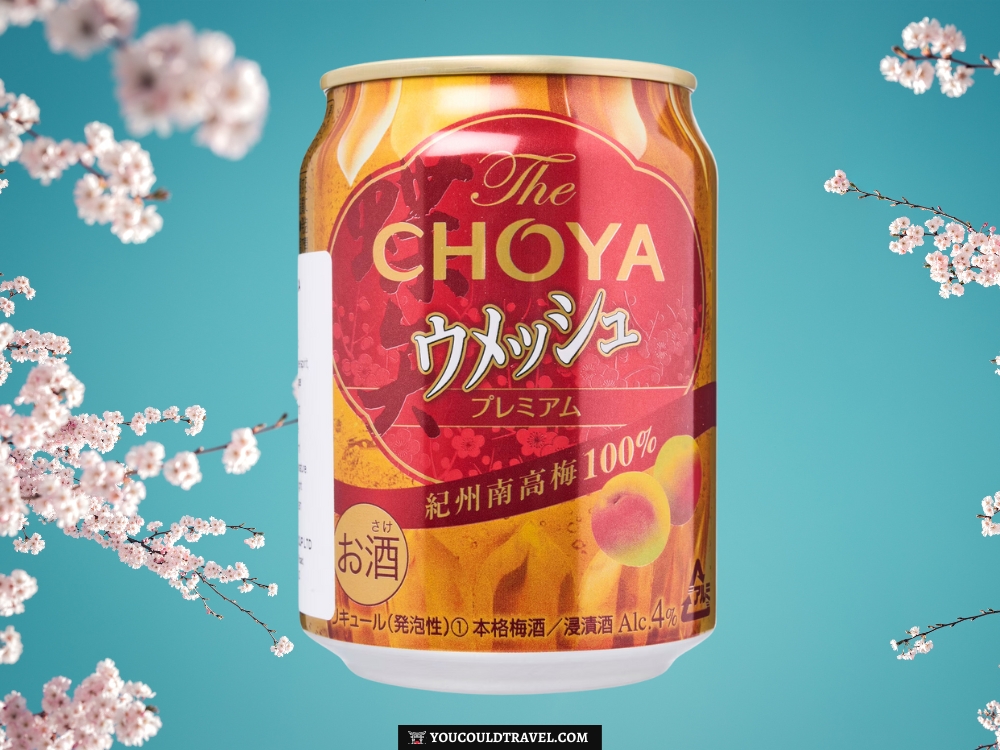
Umeshu
Umeshu is a Japanese liqueur made from ume (Japanese plums). Choya is one of the most well-known and popular brands that exports internationally.
Umeshu is enjoyed either straight, on the rocks, mixed with soda, or as part of a cocktail.
An interesting point about umeshu is its homemade tradition. Many families in Japan make their own batches, experimenting with different types of alcohol bases, such as sake, shochu, or even brandy, and adjusting the sweetness levels to their liking.

Calpis
Calpis is a super popular sweet and tangy non-alcoholic beverage that was invented by Kaiun Mishima in 1919. It’s made from water, nonfat dry milk, and lactic acid bacteria, which gives it a slightly sour taste.
You’ll find it as Calpis water or Calpis Soda, although in certain shops you can find it as a concentrate that you mix with water or sometimes milk to create a refreshing drink.
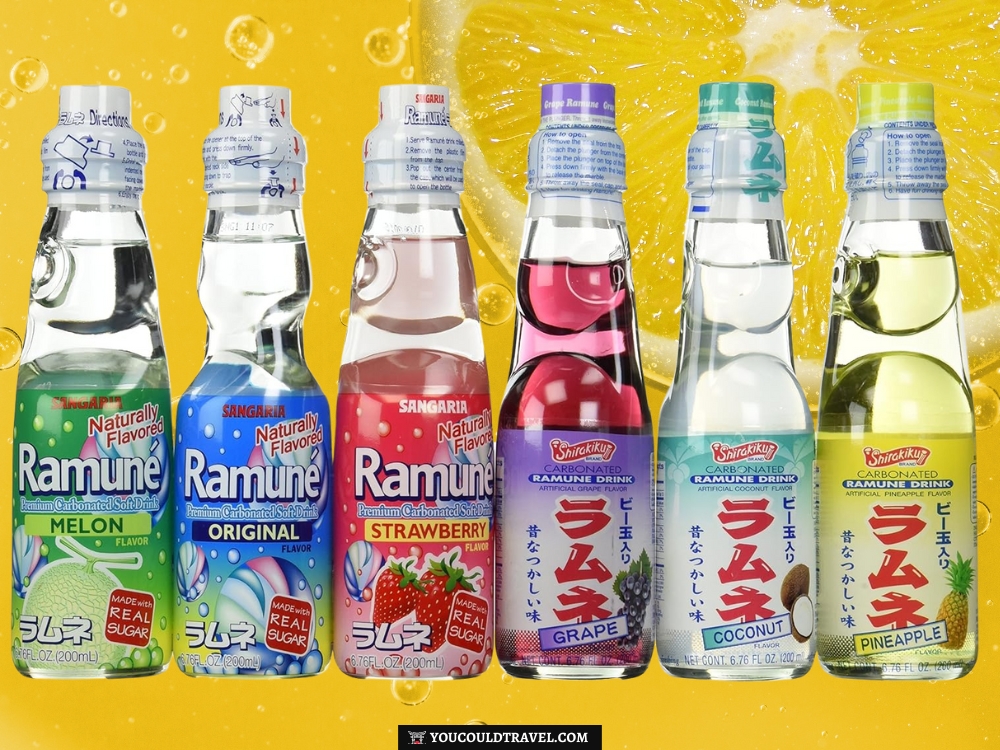
Ramune
Ramune is a popular carbonated soft drink that has a unique Codd-neck bottle, sealed with a marble. Ramune is derived from the word lemonade because the drink itself does resemble a refreshing carbonated lemonade.
While the original flavor is similar to lemon-lime, over the years, manufacturers have introduced many other flavors, including strawberry, melon, blueberry, and even curious ones like curry or wasabi.
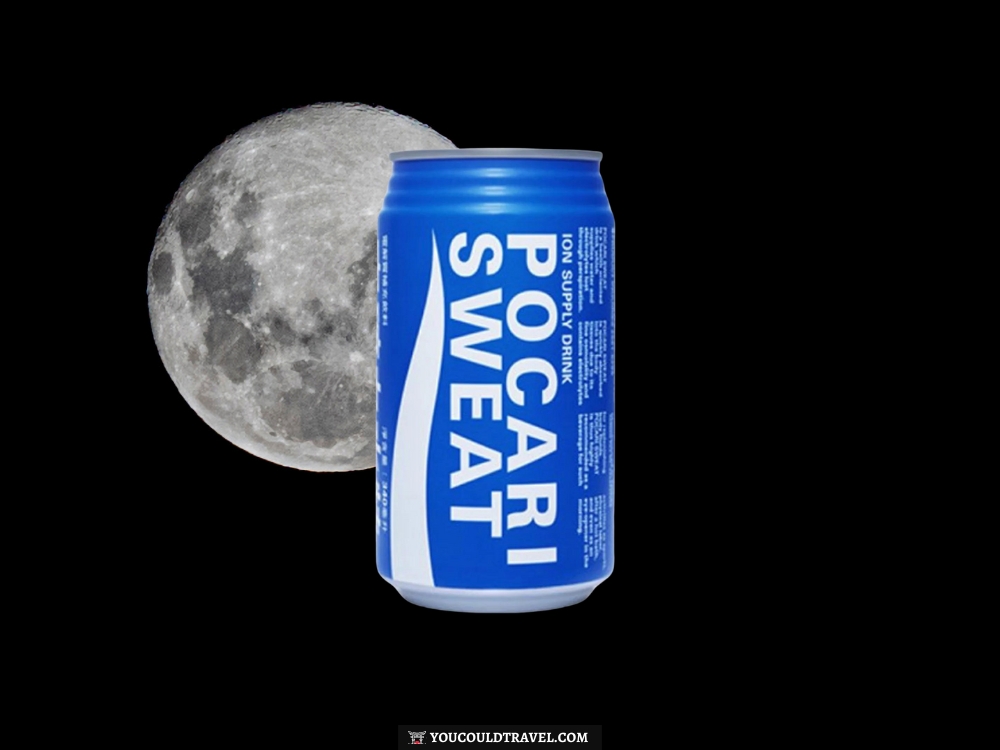
Pocari Sweat
The Pocari Sweat is a drink made in Japan that was first introduced in 1980 by Otsuka Pharmaceutical. It is designed to replenish fluids and electrolytes lost through sweat and physical activity, similar to Lucozade.
Want to know something weird and awsome? 2015, Otsuka Pharmaceutical sent a powder form of Pocari Sweat to the moon (yes, the actual moon). It was part of an educational campaign to inspire children to become astronauts and scientists.
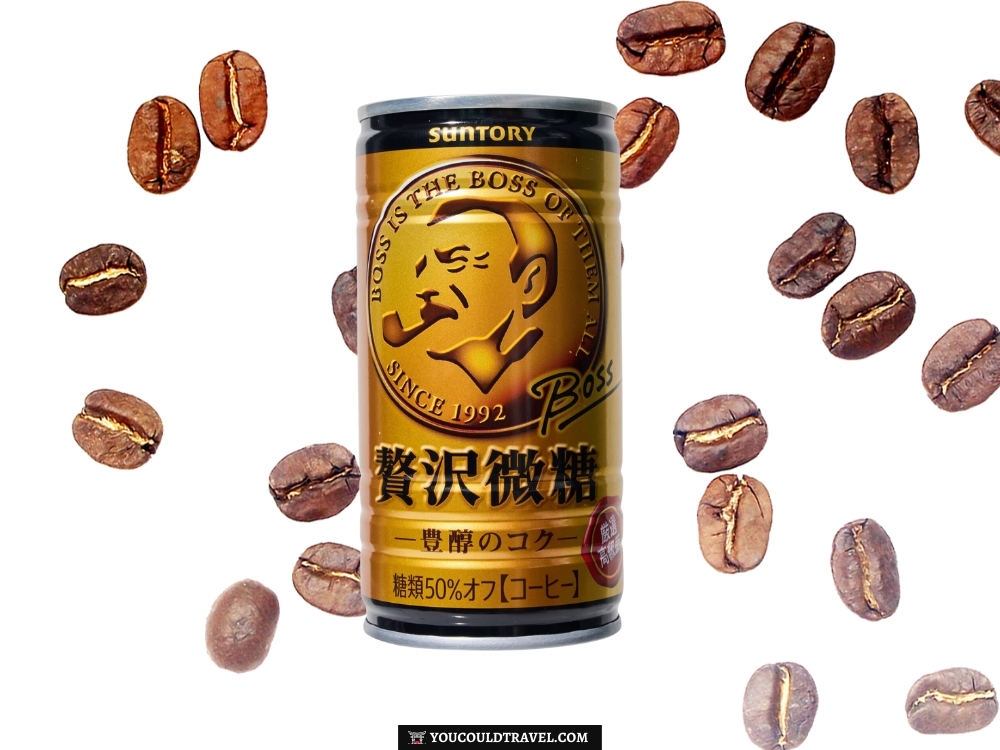
Canned coffee
Head into any konbini or pass any vending machine, and you’re guaranteed to see Japanese canned coffee on the shelves. The first canned coffee was made by a Japanese company called UCC in 1965.
It was a hit because it was easy to grab and go, perfect for people who were busy but still wanted their coffee fix. This idea of coffee in a can caught on fast, and soon there were lots of different brands and flavors all over Japan. Nowadays, it’s impossible not to come across the canned coffee brand Boss, which became a staple product found in vending machines across the country, offering a hot or cold caffeine fix at any time of the day or night.
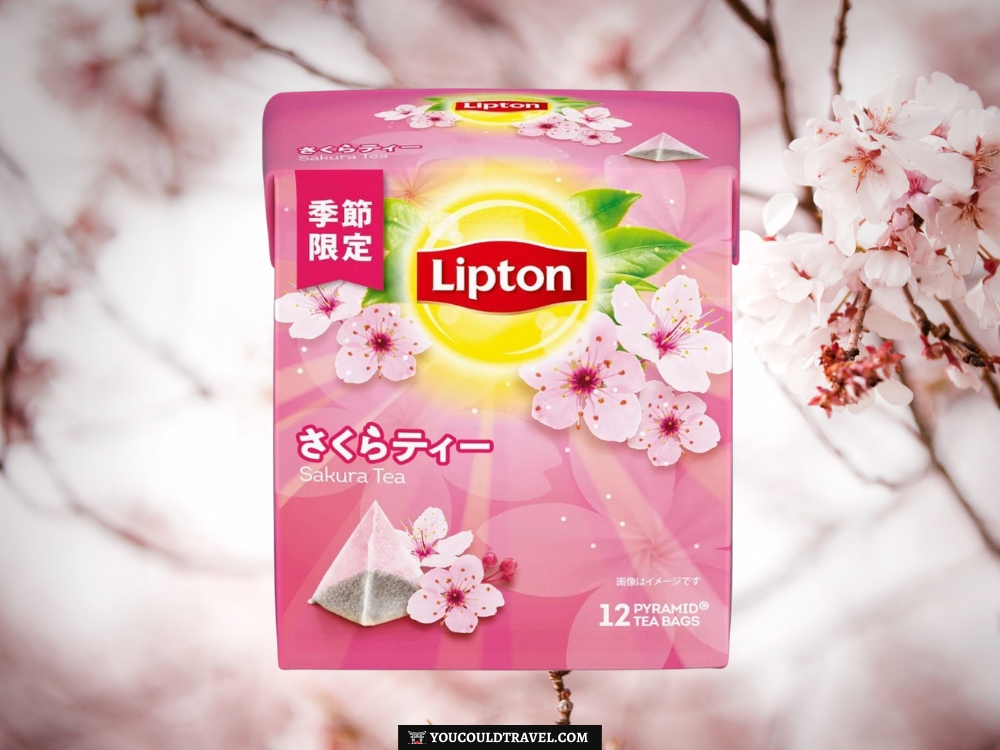
Sakura tea
Sakura tea is made from pickled cherry blossom petals. It has a delicate floral aroma and slightly salty taste. The petals are preserved in plum vinegar and salt, and then dried. To make the tea, the preserved petals are soaked in hot water, which turns a light pink color and takes on the gentle fragrance of cherry blossoms.
You can also come across pouches of tea which mix dried cherry blossoms with Japanese sencha (a high-quality type of green tea).

Barley tea
Barley tea, or mugicha, is favored for its health benefits. Traditional restaurants often serve it as a complimentary welcome beverage. Expect to sip on hot barley tea during the winter, but in the summer, cold tea with ice is the norm.
Packed with antioxidants, mugicha supports digestion and is caffeine-free, making it perfect in the evening too. Its flavor is nutty with a hint of bitterness.
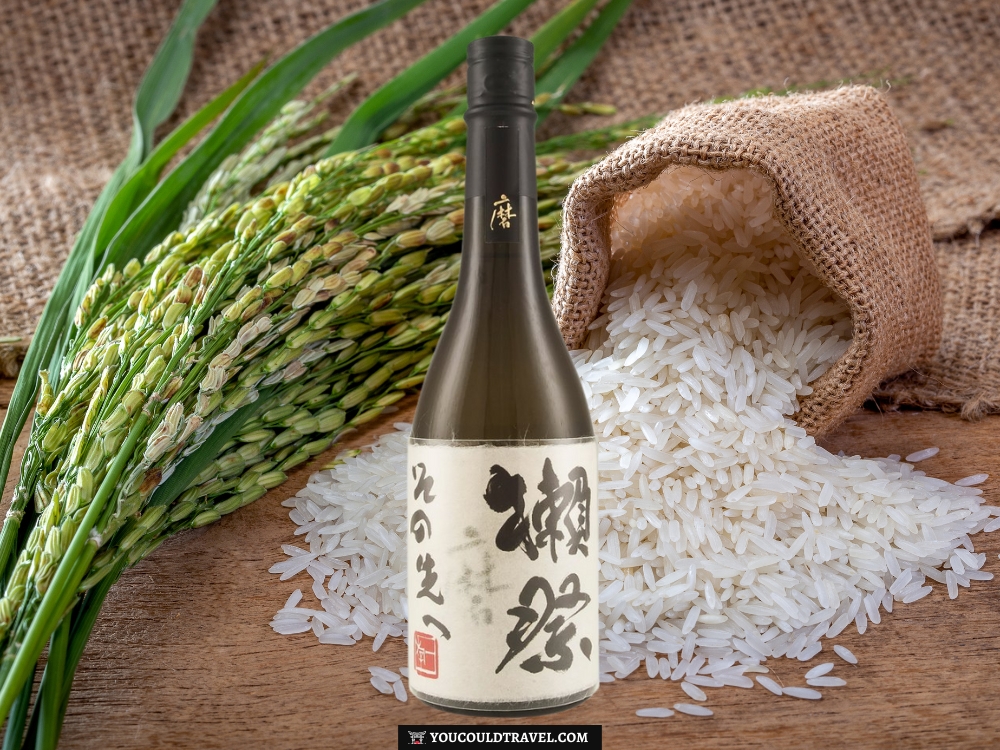
Sake (Nihonshu)
Sake is essentially Japanese rice wine. It’s made by fermenting rice that has been polished to remove the bran. In Japan, the word sake refers to any alcoholic drink. The beverage English speakers call sake is actually called Nihonshu.
Sake is available in every shop and supermarket in Japan and can be drank as is or warm depending on the quality. One of the most expensive sakes is Dassai Beyond produced in the Yamaguchi Prefecture. Another top-tier sake to try is Dassai 23.
High-end restaurants will have a whole Nihonshu menu to pick from. When in doubt, ask for recommendations.

Japanese Beer
You might be surprised to know that Japan has a rich beer culture which dates back to the 19th century, when it was first introduced by the Dutch traders. Any izakaya in Japan will have several beers on the menu and some of the most popular brands are Asahi, Kirin, Sapporo, and Suntory. In Okinawa, Orion beer reigns.
Ask any Japanese person what’s their favorite beer, and you’ll see just how divided their opinions are. If you ask me, I’m a huge Kirin fan, especially into their latest Green Label beers.

Whiskey
The story of Japanese whiskey began in the early 20th century, influenced heavily by Scottish whiskey traditions. The founders of Japan’s whiskey industry, most notably Masataka Taketsuru and Shinjiro Torii, studied the art of distillation in Scotland before applying these techniques in Japan.
Japanese distilleries, such as Yamazaki (Japan’s first commercial distillery), Nikka, and Hakushu, are the most well known and celebrated.
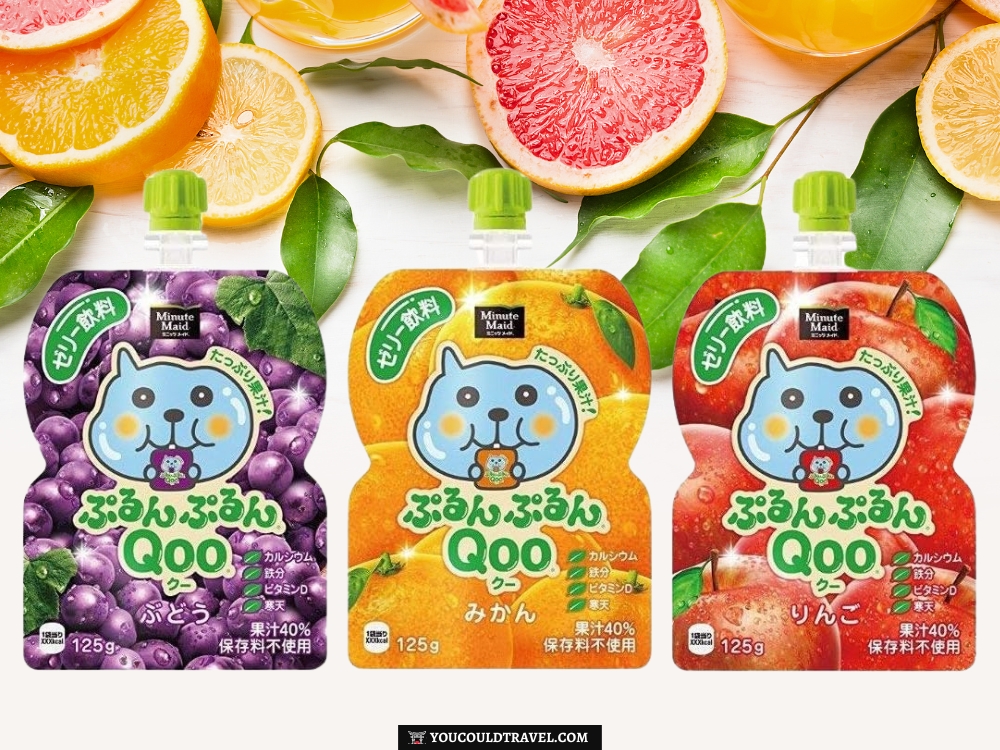
Qoo
Qoo is a non-carbonated soft drink launched in 1999 and produced by the Coca-Cola. Qoo is super recognizable thanks to its kawaii (cute) blue mascot. It comes in a few flavors, including grape, orange, and apple. Hint, the grape version tastes best in my opinion.
Qoo targets a younger audience, and it prides itself in being kid-friendly.

Suntory Horoyoi Cocktail
In Japan, you can purchase sensational canned cocktails, light in alcohol (3% by volume).
These cocktails are carbonated are come in Japanese flavors like yuzu (Japanese citrus) and momo (peach) but also grape, sour plum, orange, and blackcurrant or ice tea sour.
A cool fact about Horoyoi is its name, which translates to slightly tipsy, which is perfect given the light alcohol content.
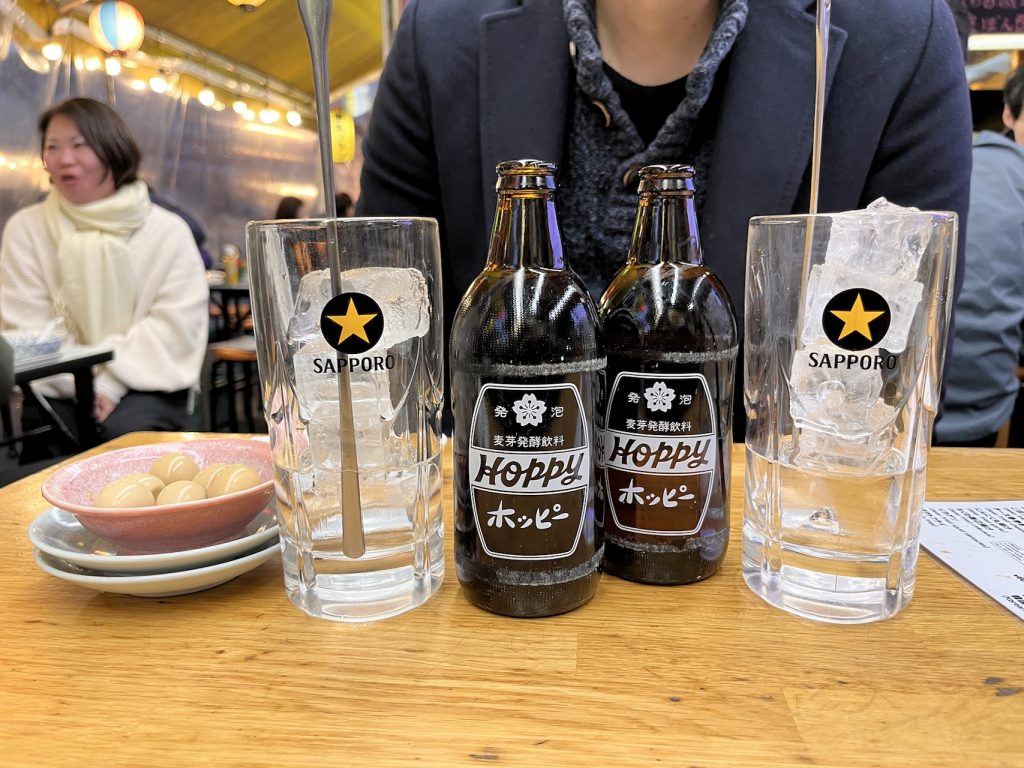
Hoppy
Hoppy is a low-alcohol beverage from Japan that tastes a lot like beer (but it’s not). It was created in 1948 as a way to enjoy the flavor of beer without the headache.
Hoppy is often served mixed with shochu (Japanese distilled spirit), which makes the drink stronger if you want it to be. Hoppy is found in many izakayas (Japanese pubs) as a cheaper alternative to beer. You can have it on Hoppy street in Asakusa, Tokyo, next to Senso-ji.
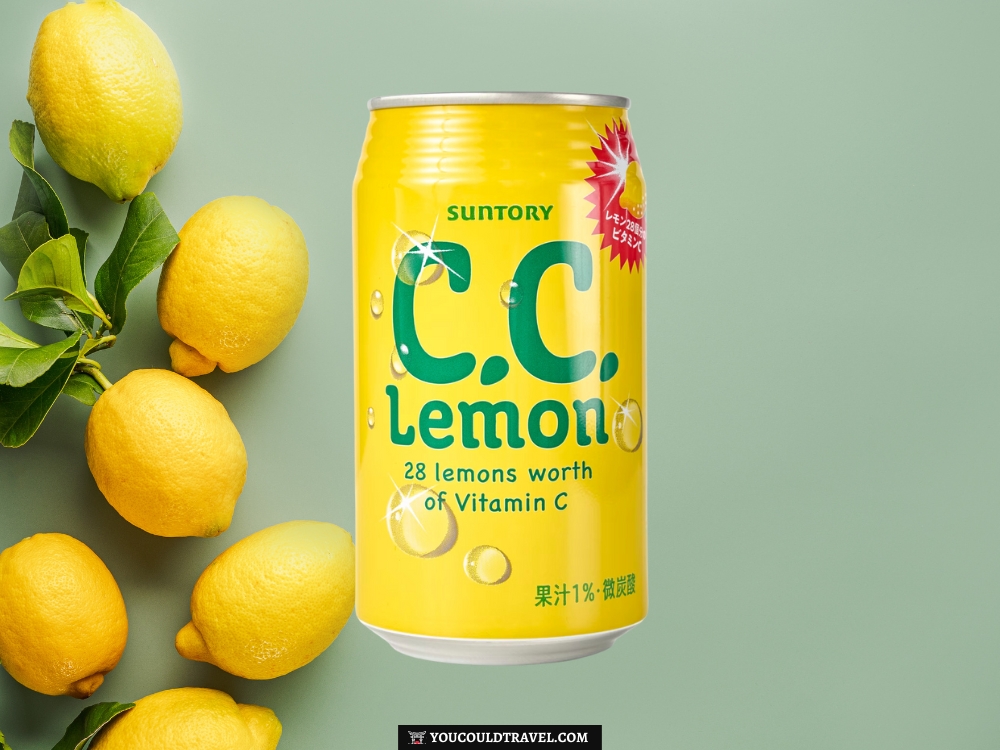
CC Lemon
CC Lemon is a Japanese soft carbonated drink with a high vitamin C content. It is marketed as a health-oriented beverage, emphasizing its vitamin C, which is said to provide more than 50 lemons’ worth of the vitamin in 350ml can. Do note that it does contain sugar and glucose.
You can find it in convenience stores and vending machines all over Japan. It tastes tart and sweet.
Frequently Asked Questions
What is the national drink of Japan?
The national drink of Japan is sake or Nihonshu in Japanese. It’s a type of alcohol made from fermented rice, similar in alcohol content to wine. People in Japan have been making and drinking sake for thousands of years. It’s used in many traditional ceremonies and celebrations. Sake can be enjoyed warm or cold, and it comes in different flavors and types, depending on how it’s made.
Can you drink in public in Japan?
You can drink in certain public spaces in Japan. It’s legal to have alcohol in places like parks and on the street. Many people enjoy drinking outside during festivals or cherry blossom viewing parties. However, it’s important to be respectful and clean up after yourself. If you want to have a drink from a vending machine, consume it then and there so it’s easier to discard the packaging.
What tea do Japanese drink?
Japanese people drink many kinds of tea, but the most common ones are green tea varieties. The most popular green tea is Sencha which is a high grade green tea. Matcha, a finely ground powder made from special green tea leaves, and it’s drank during tea ceremonies but also in modern drinks like lattes, and it’s used in sweets. Other types include Genmaicha, a mix of green tea and roasted rice, giving it a nutty flavor, and Hojicha, which is roasted green tea with a smoky taste. In many restaurants, you will be given mugicha which is barley tea and many supermarkets sell ready-to-drink black tea.
What tea do Japanese drink?
Japanese people drink many kinds of tea, but the most common ones are green tea varieties. The most popular green tea is Sencha which is a high grade green tea. Matcha, a finely ground powder made from special green tea leaves, and it’s drank during tea ceremonies but also in modern drinks like lattes, and it’s used in sweets. Other types include Genmaicha, a mix of green tea and roasted rice, giving it a nutty flavor, and Hojicha, which is roasted green tea with a smoky taste. In many restaurants, you will be given mugicha which is barley tea and many supermarkets sell ready-to-drink black tea.
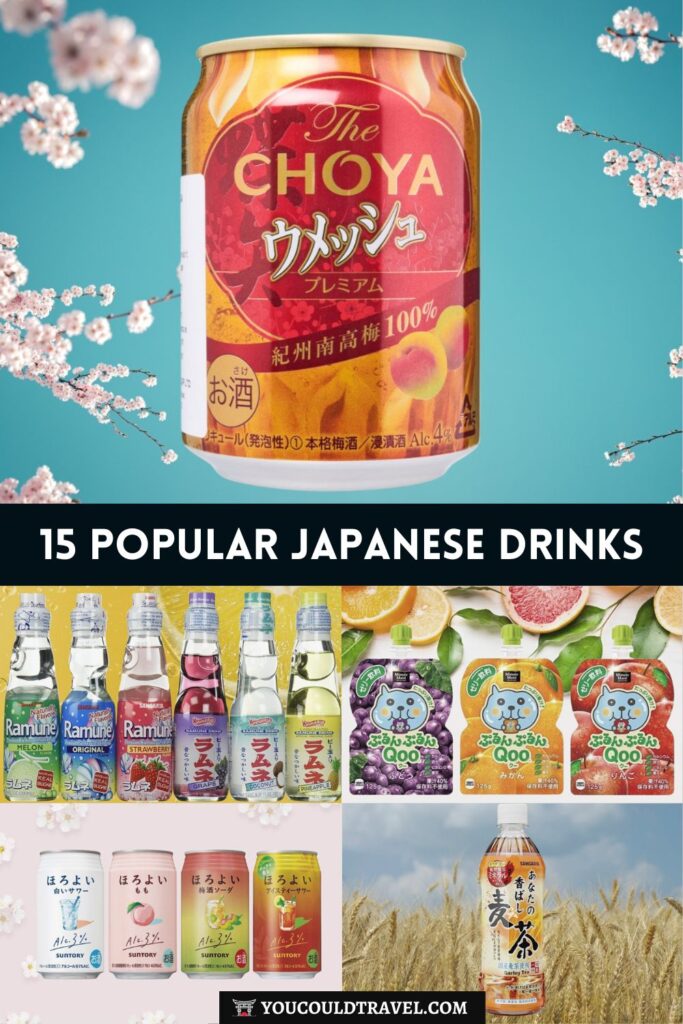


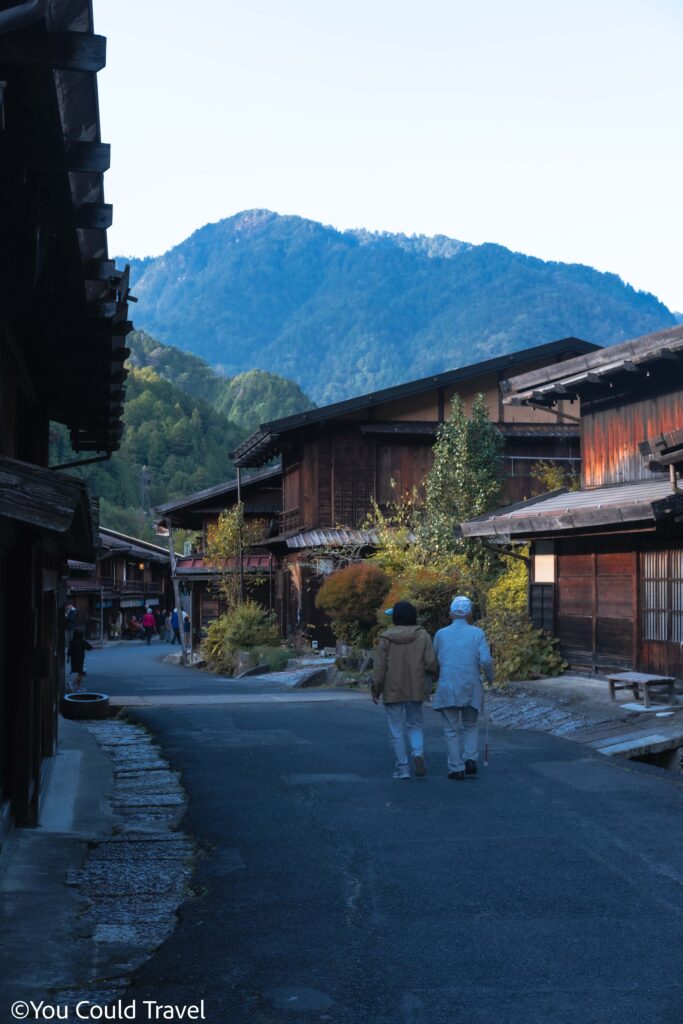

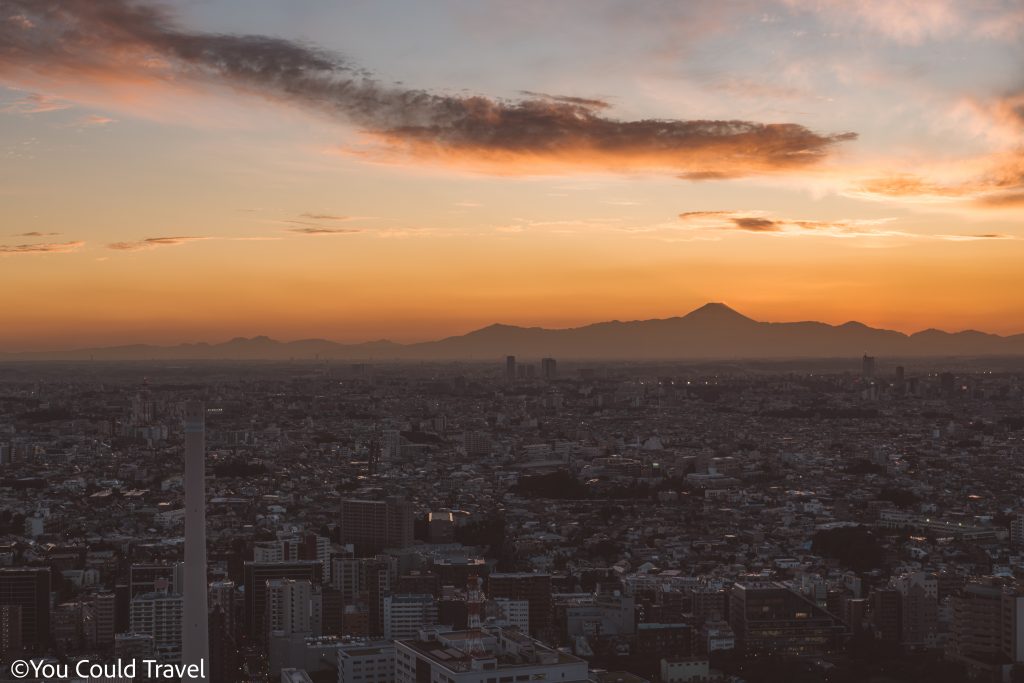


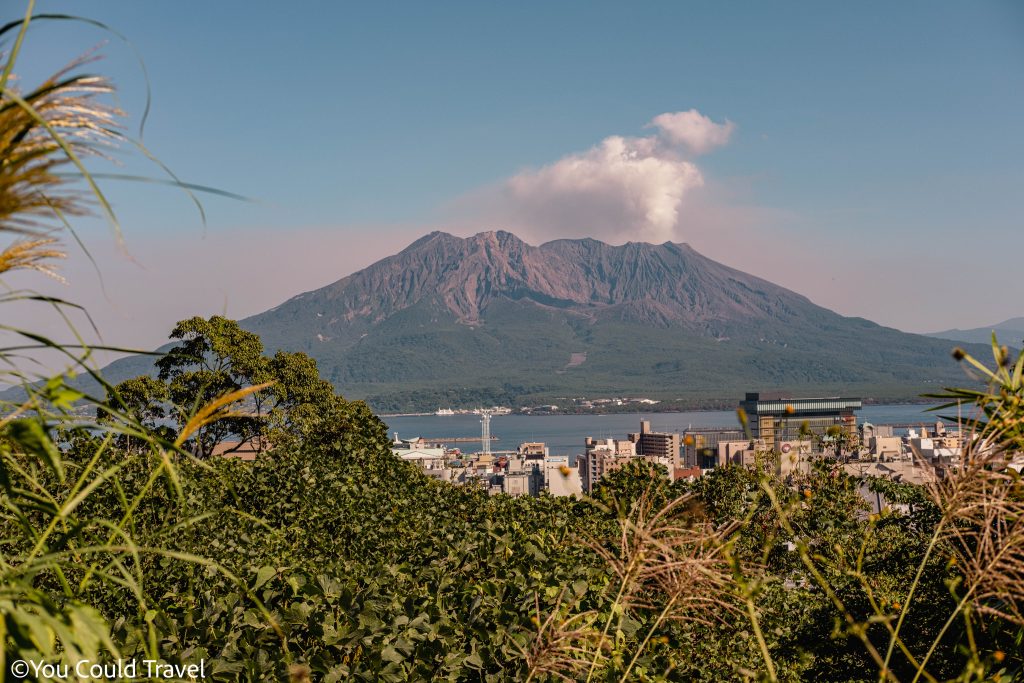


Leave a Reply